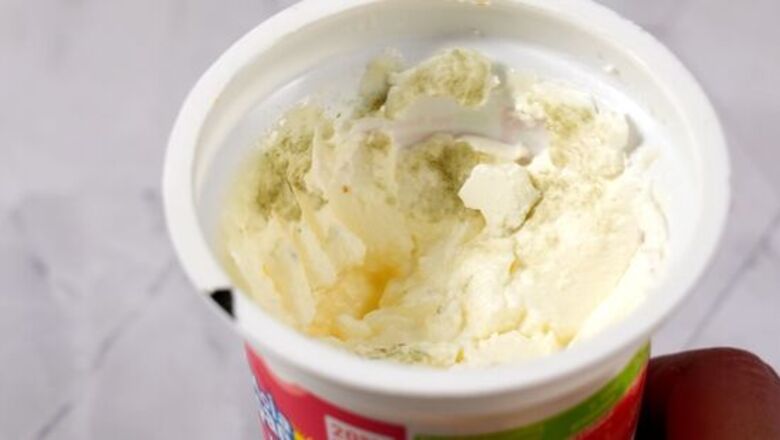
views
How to Tell if Your Sour Cream Has Gone Bad
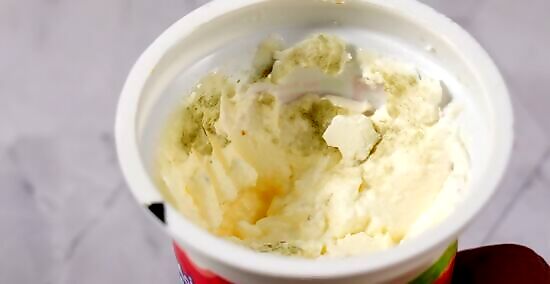
Appearance Changes in color are often signs that your sour cream has spoiled. If it’s changed from white to yellow or green, it is no longer okay to eat. If the green spots are fuzzy, that’s an indicator that mold has set in and the whole tub should be discarded. Other visual cues that sour cream has gone bad include the presence of lumps, curdling, and dry residue sticking to the sides of the container. You should never try to isolate the mold with the spoon and scoop it out. Getting rid of visible mold won’t make sour cream safe to eat as it has likely already contaminated the entire tub. If you’re unsure whether your sour cream is safe to eat, mix it up using a very clean, dry spoon. This will make discoloration easier to spot. Note: If you see a layer of milky liquid on top, this is the whey and is perfectly safe to eat. You can either drain it out of the tub or mix it in with a clean spoon.

Smell Although sour cream already has a sour smell, it should never be rancid, stinky, or off-putting. In fact, smell is the second best way to discern that sour cream has spoiled after changes in appearance. It’s possible to not see any discoloration or mold and still have spoiled sour cream on your hands, so giving it a good sniff might alert you that your eyes are deceiving you.
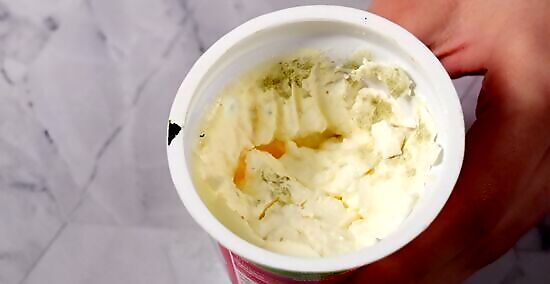
Texture A particularly slimy consistency or fuzzy spots are dead giveaways that the sour cream has gone bad. Sour cream should be creamy, as its name implies, and any other texture is a warning not to eat it.
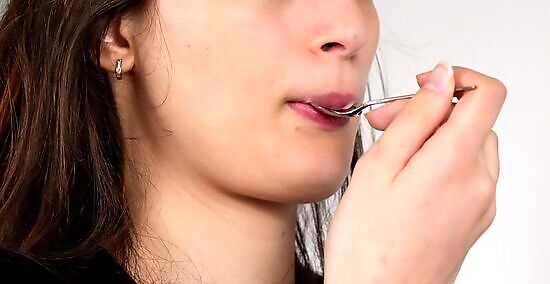
Taste If all else fails, you take try a very small amount of your sour cream to test for spoilage. Sour cream that has gone bad will have a strikingly rancid taste, way more sour than normal. It can also taste unusually bitter, sharp, or yeasty. If it's been longer than 3 weeks since the sell-by date on the container, tasting it isn’t worth the risk of digestive issues. Throw it out instead.
Does sour cream go bad?
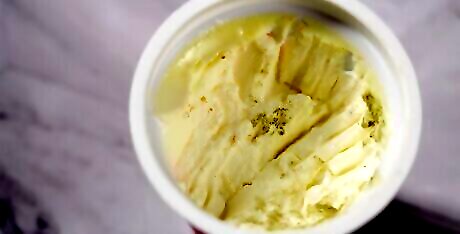
Yes, sour cream does eventually go bad. Due to its naturally sour smell, it may be hard to determine when it’s spoiled, and while it does have a longer shelf life than other dairy products, it won’t be safe to consume forever. Sour cream is created by mixing fermented cream with lactic acid bacteria, which thickens the cream and gives it its classic sour taste. This process is aptly referred to as “souring.” Why does sour cream go bad? Unfortunately, souring creates the perfect conditions for mold, so sour cream is only good for so long after the seal on its container is broken. During the process of pasteurization, some bacteria is left behind. When mixed together with the sugar and proteins in dairy, additional bacteria can grow. Since sour cream is a hotbed for bacteria, the likelihood of bacterial growth increases the longer your sour cream sits in the fridge. Without intending to, you may be adding more bacteria into the sour cream by using a utensil that isn’t fully clean or not firmly closing the lid and exposing the it to the air.
How long is sour cream good after opening?
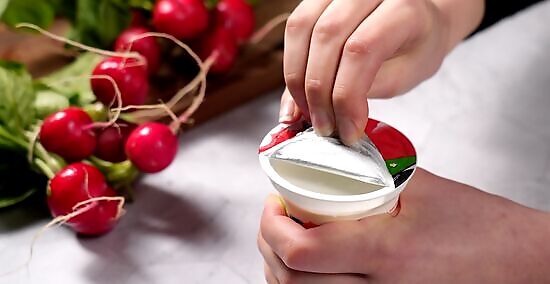
Sour cream is good for 1-3 weeks after the sell-by date or being opened. According to the U.S. Food and Drug Administration, sour cream is typically good for up to 21 days after you’ve opened the container in refrigerated conditions. More specifically, your tub of sour cream should be kept at temperatures under 40°F (4.4°C). While 21 days is a general guideline, sour cream has a shelf life that usually lasts from 1-3 weeks after opening.
Storage Tips to Make Sour Cream Last Longer
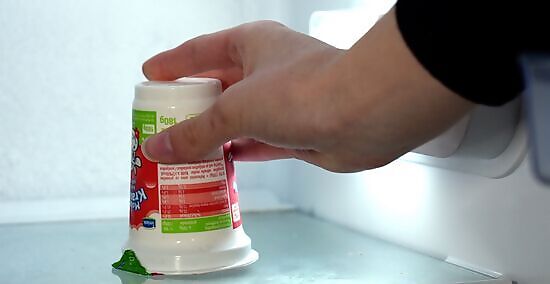
Store the container upside down. This technique minimizes the sour cream’s exposure to air, causing it to stay in tip top shape for longer. Flip the container of sour cream over in the fridge and keep it that way. When done correctly, all the sour cream falls to the bottom, or the lid, sealing in all the sour cream and not allowing any non-essential air or bacteria inside. To avoid a big clean-up when removing the lid, lay down a paper towel or plate beneath the container in the fridge.
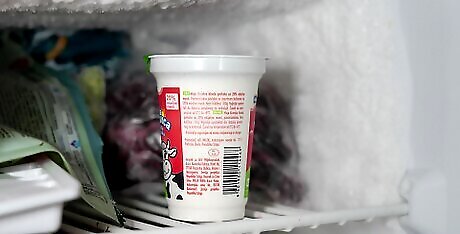
Freeze your sour cream. If you don’t use sour cream regularly and only bring it out for special recipes, freezing it could certainly help it stay fresher longer. You can place the container directly in the freezer and allow it to thaw in the fridge about 24 hours before you want to use it. However, it’s important to note that freezing sour cream will alter its consistency, making it more watery.
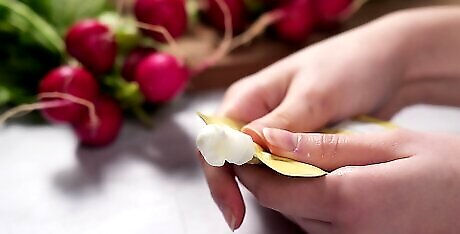
Opt for a squeezable pouch. Certain brands offer squeezable pouches of sour cream, and for good reason, too. Although it may feel counterintuitive at first, squeezable sour cream is actually designed to remain fresh for longer than tubbed sour cream. They have an open valve design that keeps air from entering the pouch, leading to perfectly sour sour cream.
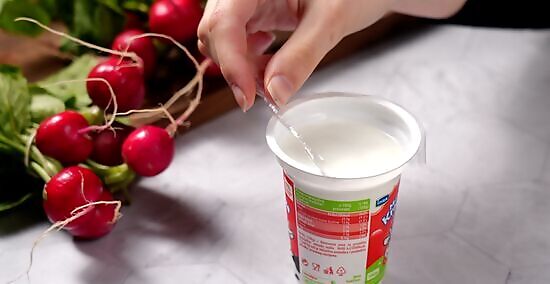
Use plastic wrap. This hack requires that you open up your tub of sour cream and completely cover the top with plastic wrap, pressing firmly against the white peaks. This is the same technique used to keep a “skin” from developing on pudding. Go ahead and secure the lid and return to fridge. This functions well as it minimizes exposure to air, which is one of sour cream’s worst enemies.

















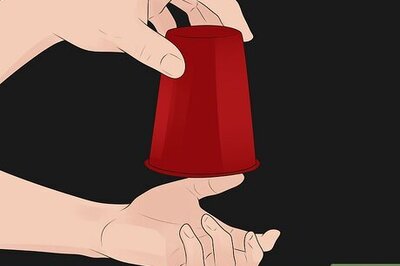

Comments
0 comment